

ASOR CHI AM22 Presentations about Cultural Heritage in Libya
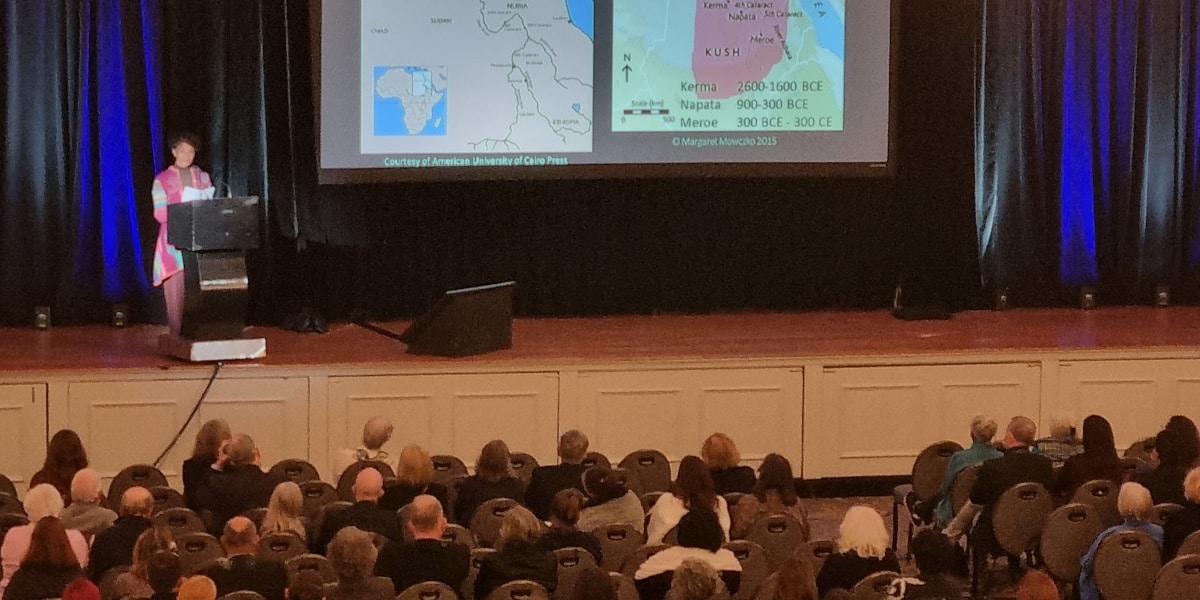
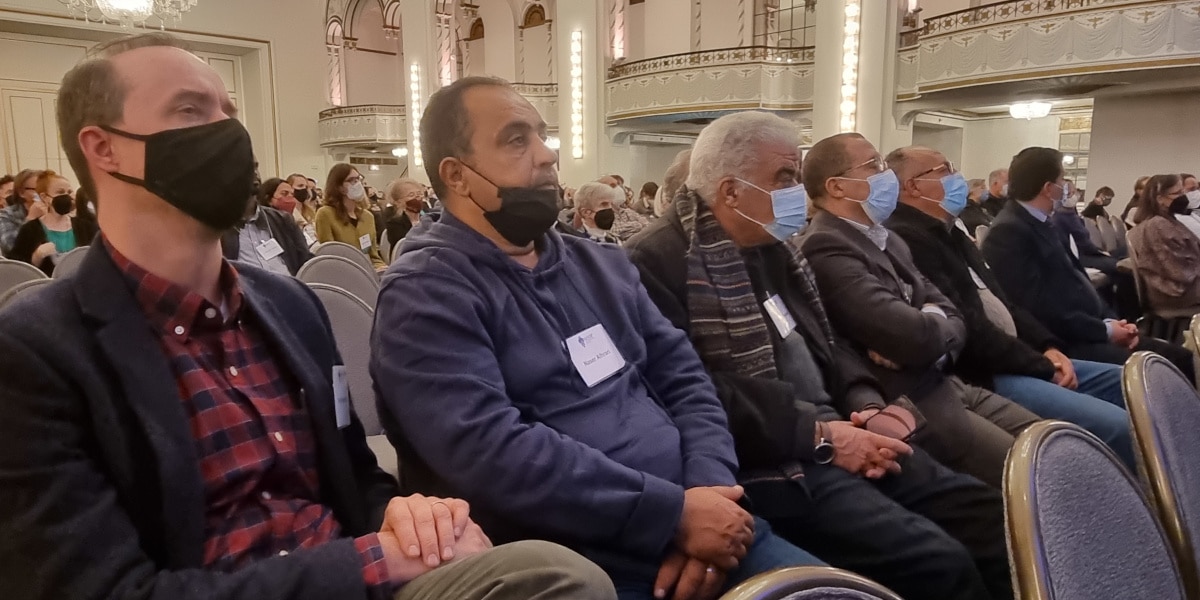
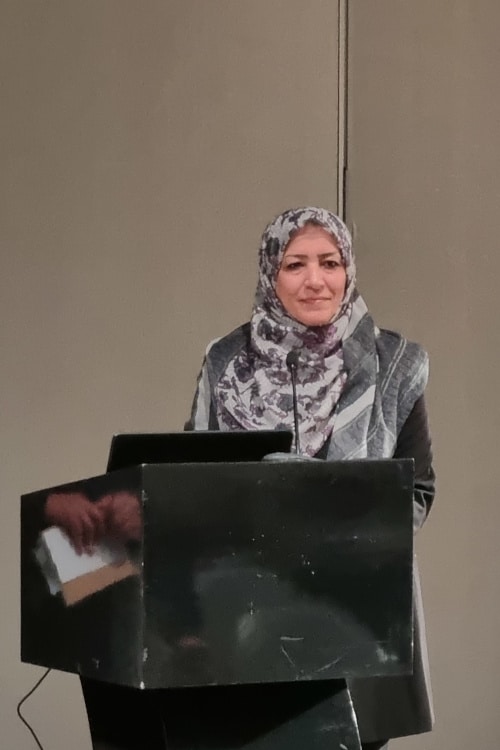
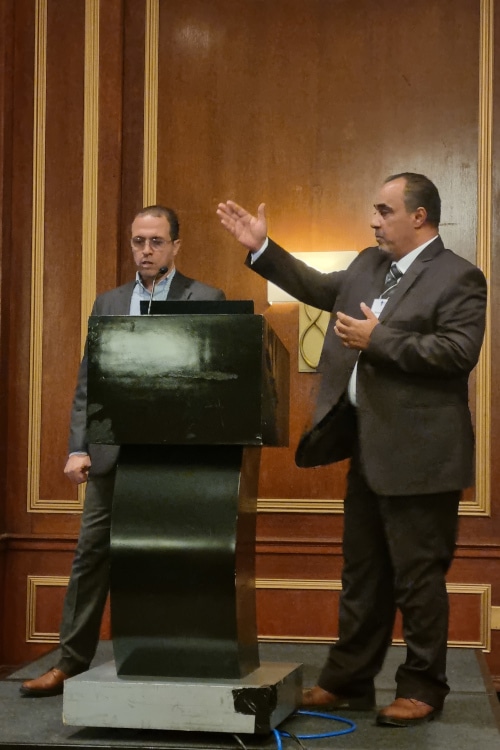
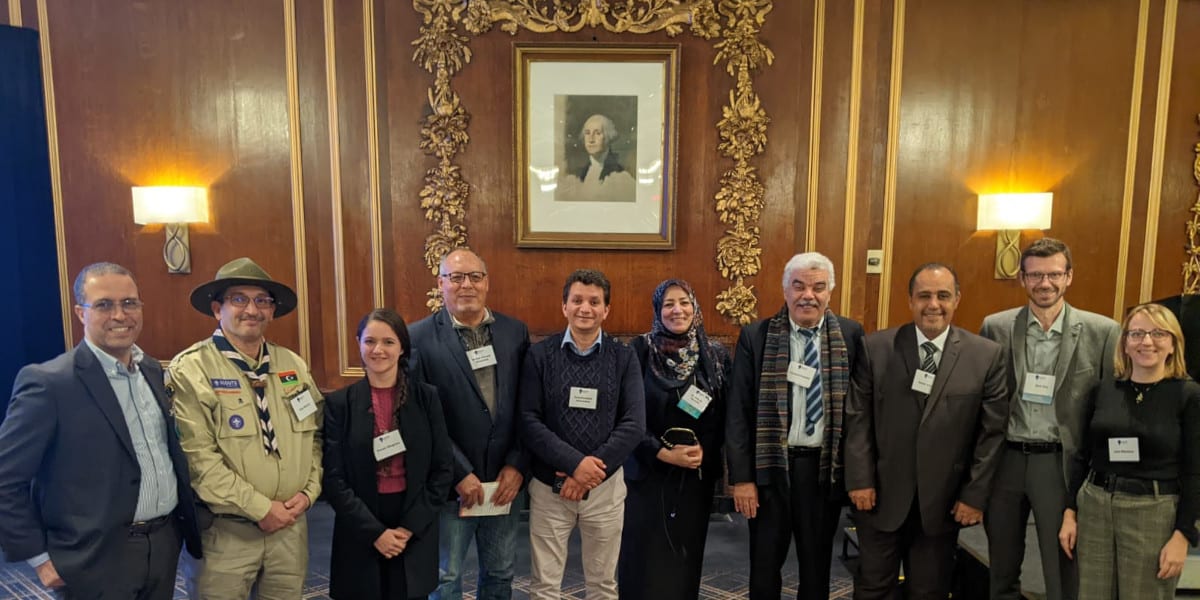
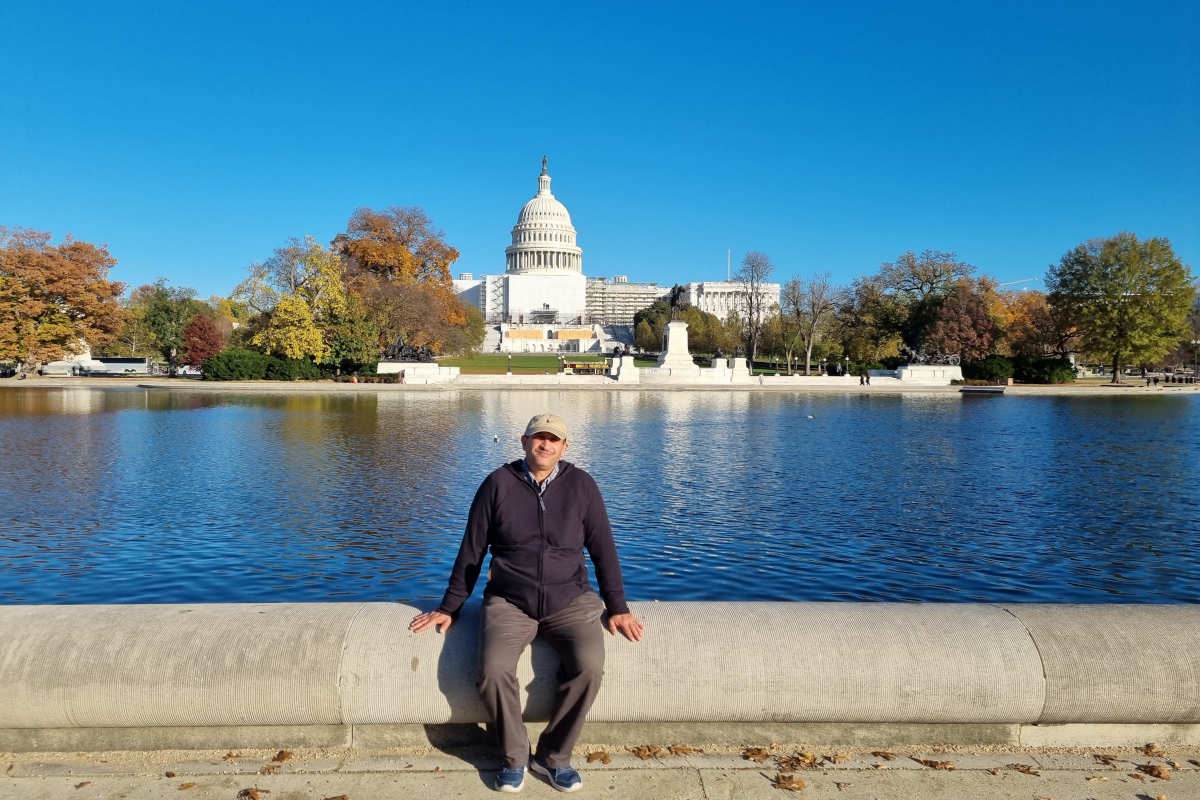
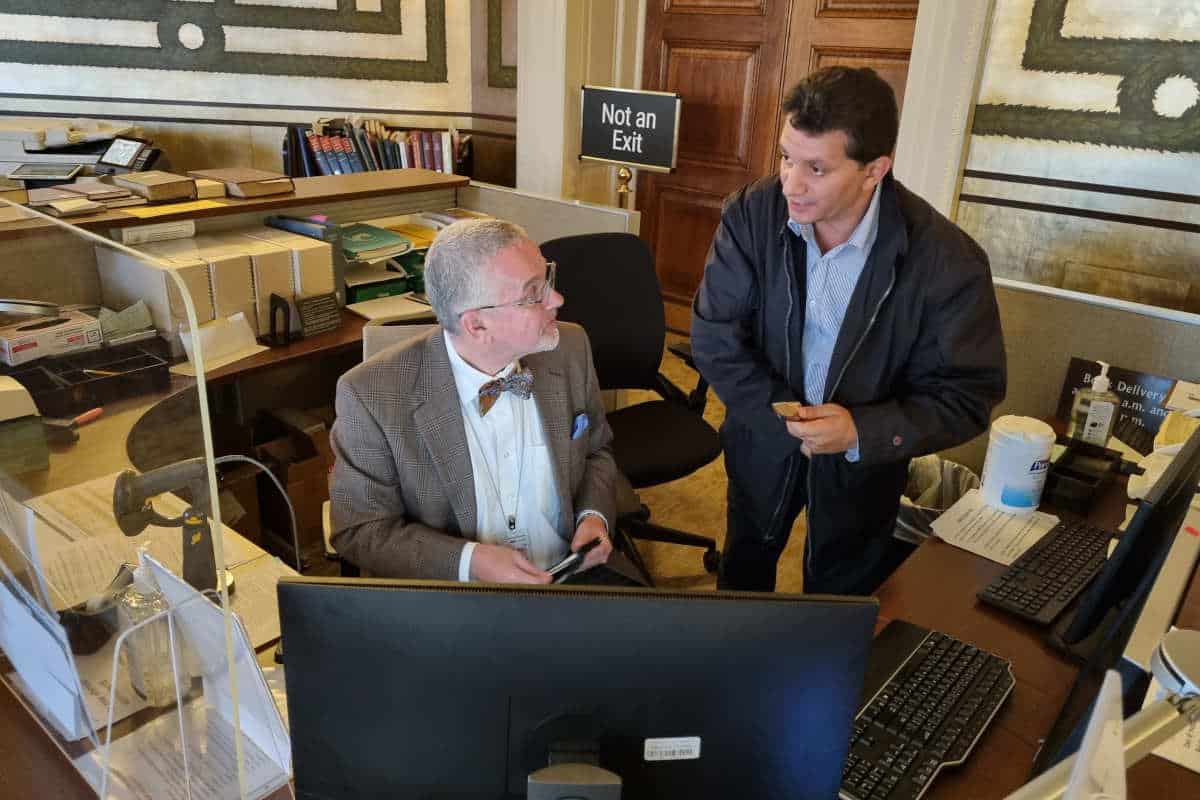
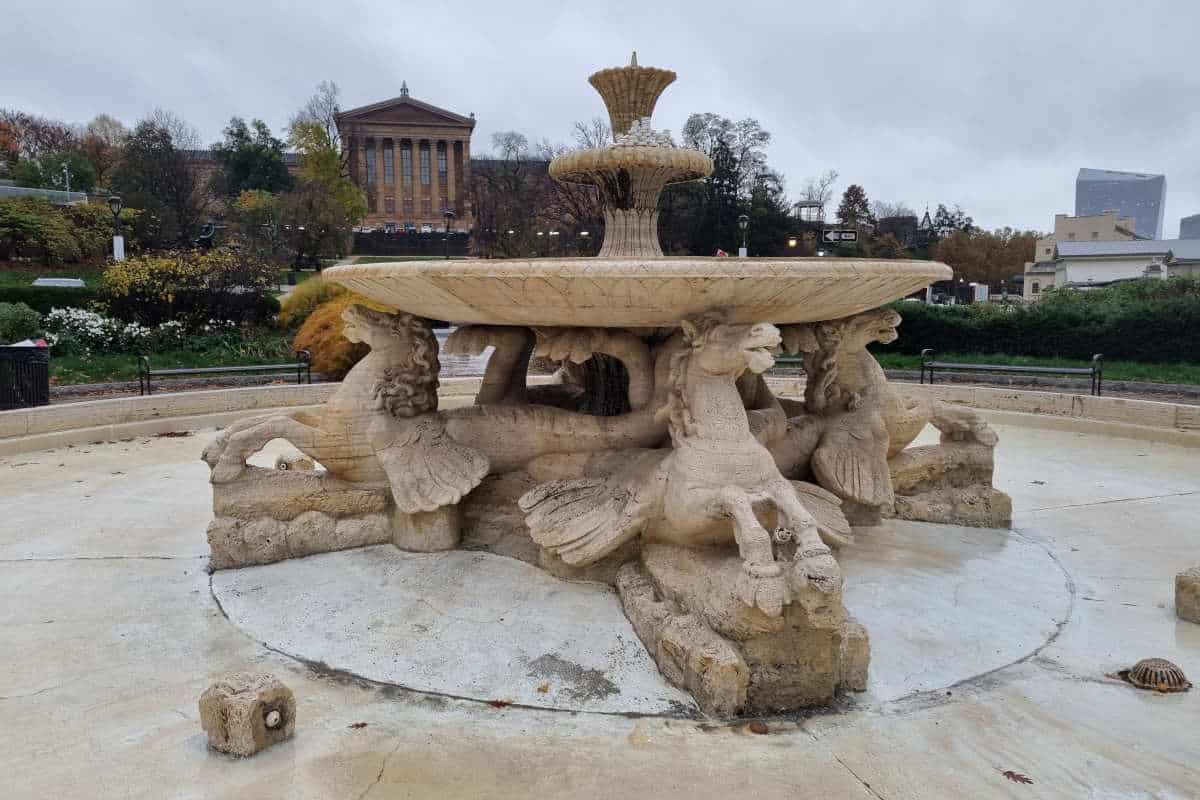
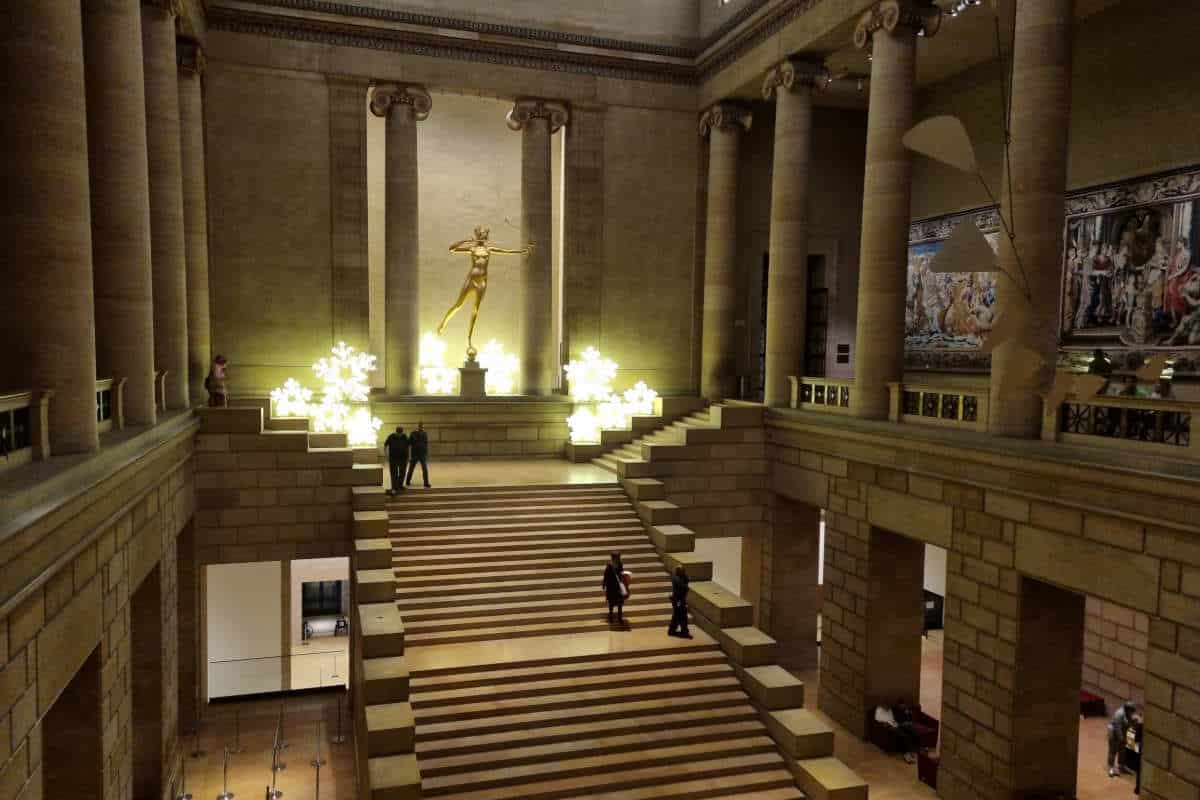
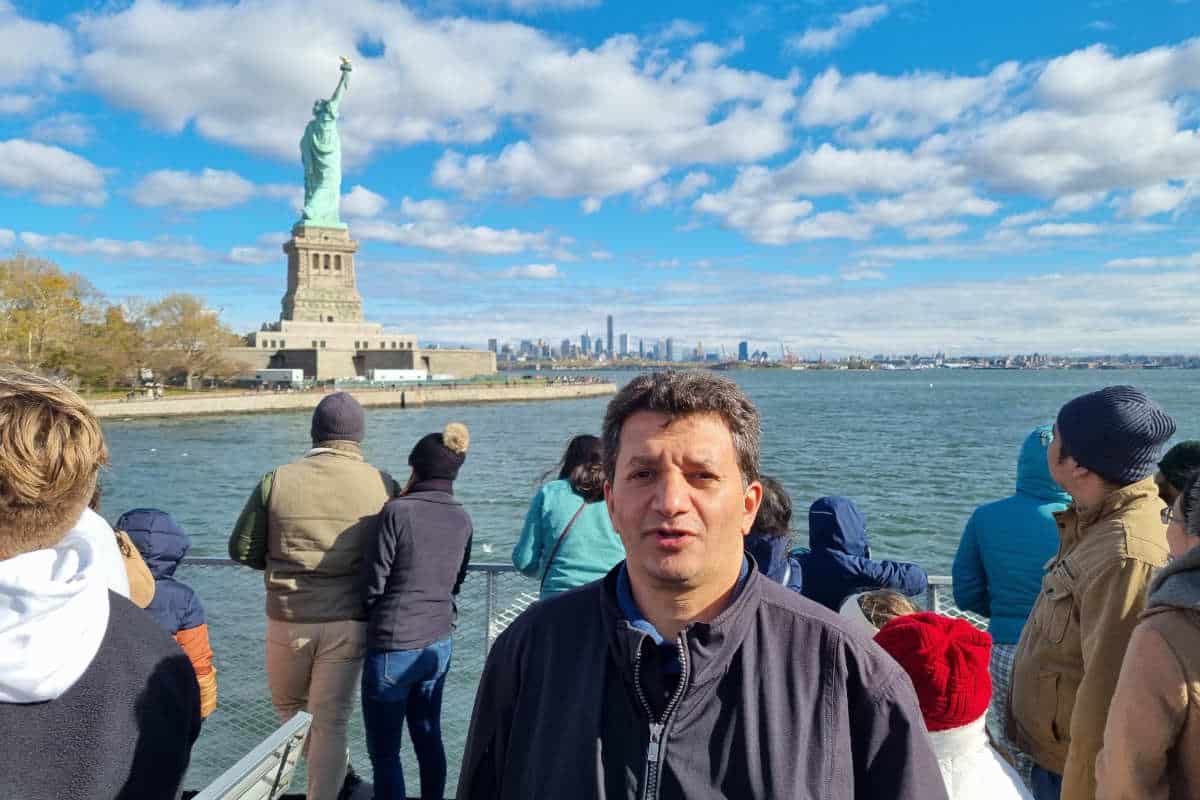
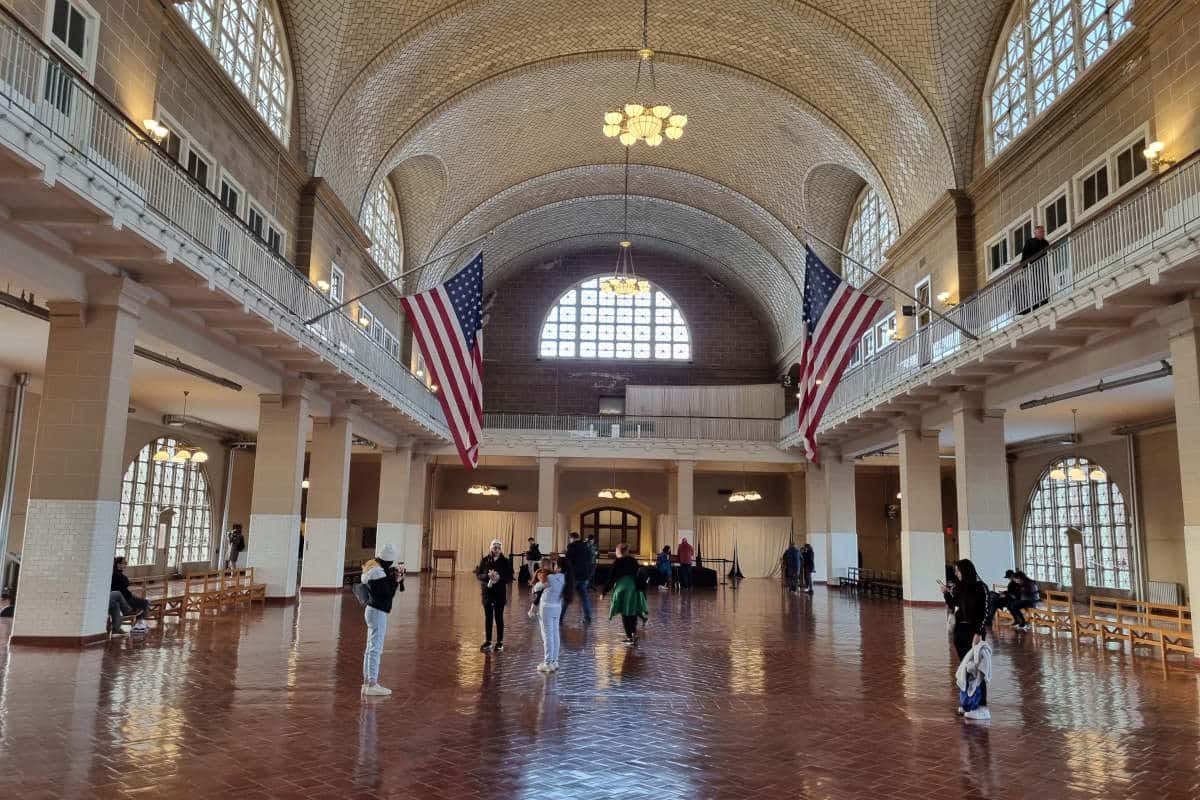
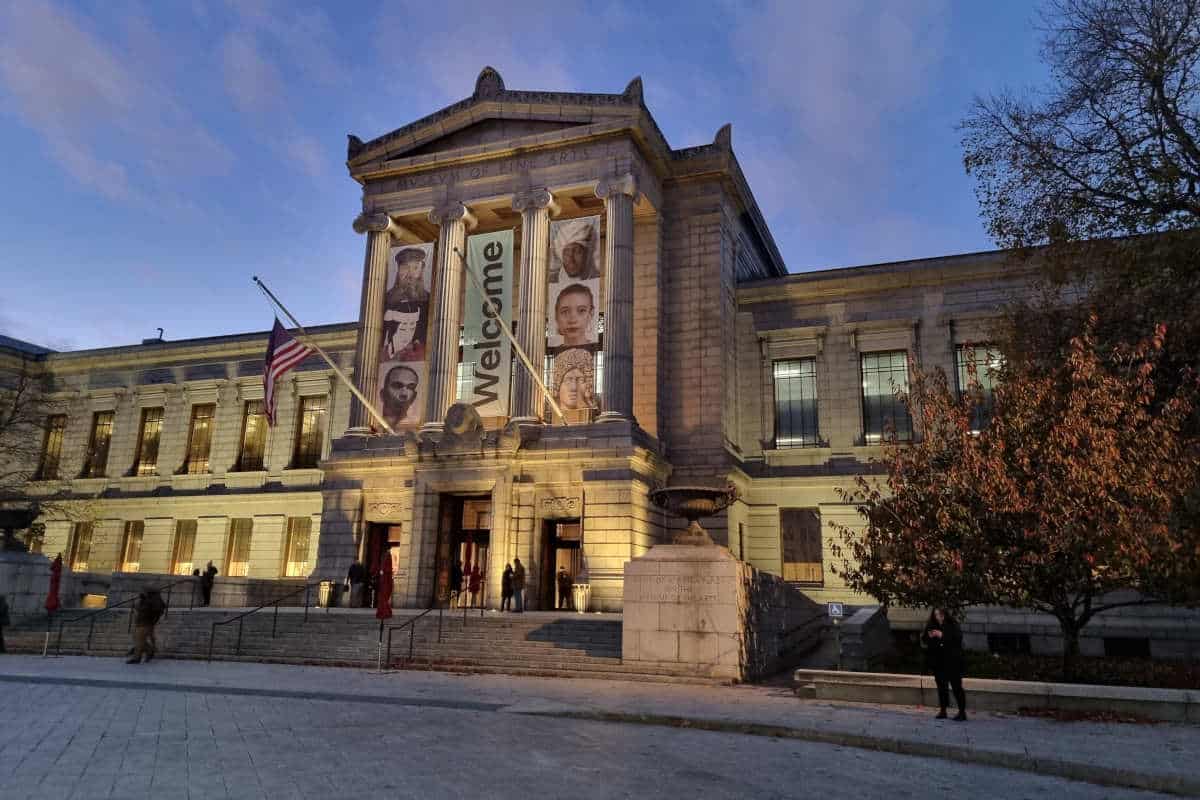
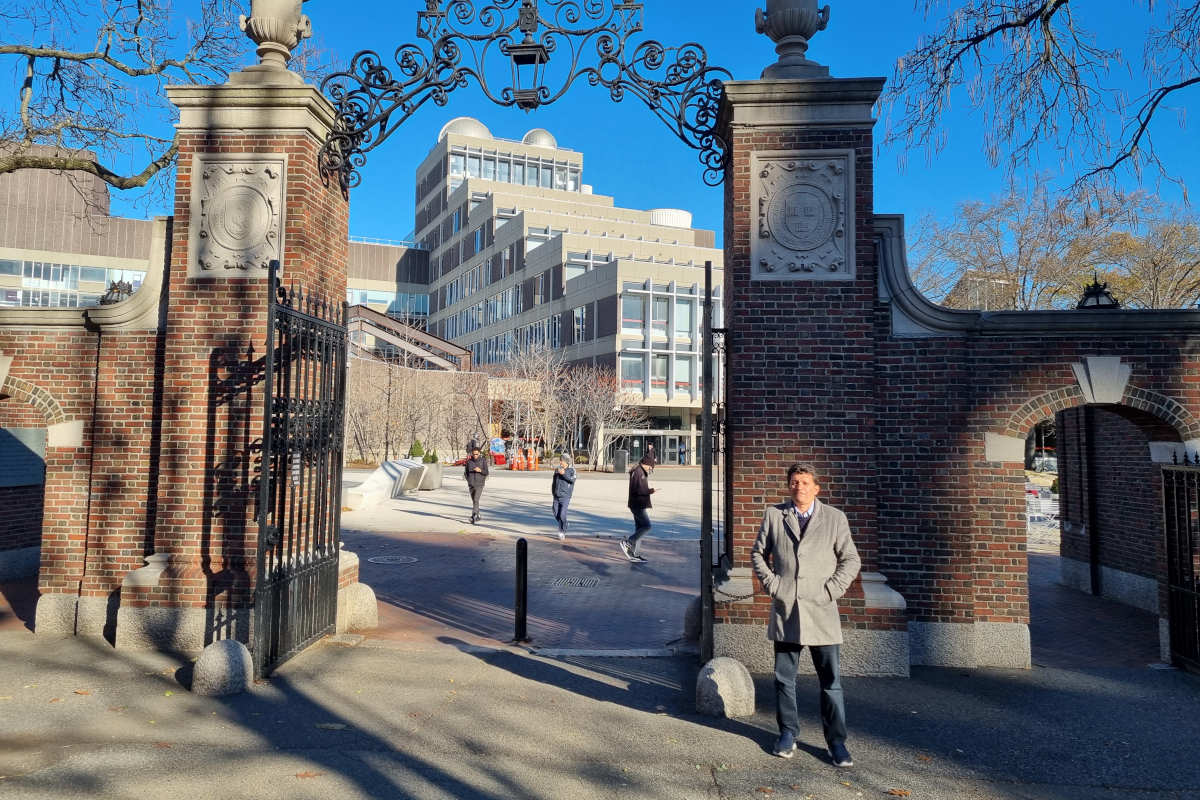
Update on Documentation and Outreach Activities in Cyrenaica Funded by a 2021 AFCP Grant
Ahmad Emrage | University of Benghazi, Libya
Susan Kane | Oberlin College
PAPER PRESENTATION
During the Spring and Summer of 2021, the Libya Department of Antiquities (DoA) in partnership with ASOR and with funding from the U. S. State Department Ambassador’s Fund for Cultural Preservation (AFCP) conducted a risk assessment survey and outreach activities in the area Between Cyrene and AL-Qubba in Cyrenaica/ Libya. The results of this work have already been summarized and presented in ASOR’s 2021 Virtual Annual Meeting. However, Since November 2021 further documentation work and outreach activities have been conducted in Cyrenaica as part of this project.
Creating a GIS dataset for those archaeological sites that the Department of Antiquities can use for future monitoring has been one of the main aims of the project. This paper will present some examples of the GIS mapping that have been produced and shed the light on their importance in site documentation and future monitoring. The paper will also discuss the possible intervention plans that may be conducted by local responsible authorities to mitigate the issues and protect those sites.
A summary of the outreach activities that targeted local communities and some responsible authorities will be emphasized. These activities include the objectives and recommendations of the two awareness workshops that were held in the city of Benghazi during December 2021. The paper will also discuss the importance of the outreach materials (leaflets, outreach booklets, and site guides) that were printed and freely distributed among the local communities during the outreach events.
Registration of Libyan Cultural Heritage Sites in International Organizations (ISESCO as a Model)
Abdulmotaleb Abousalem | Cultural Heritage Expert – Ministry of Culture, Libya
PAPER PRESENTATION
Libya is a country located in the heart of the world, and its geographical location makes it a link between East and West and a meeting point for Mediterranean civilizations during centuries. Countries of the world are competing to register their tangible heritage in international organizations, especially the mother organization UNESCO, which was the last Libyan site included in its list, the city of Ghadames in 1986 AD. International organizations are interested in cultural heritage, the most important of which is ICESCO, which is a specialized organization operating within the framework of the Organization of Islamic Cooperation (OIC), with 57 member states.
In my capacity as a consultant for heritage affairs at the Libyan Ministry of Culture, I submitted a proposal to form a committee to register sites in ISESCO in the year 2018, which included several experts from various Libyan cities. Once in the history of Libya, a natural site is registered. After the success of the committee’s work in 2018, a committee was formed again in the year 2020 and included experts from all institutions concerned with cultural heritage in Libya. Within months, we presented 16 other files for sites in various Libyan cities, and in the year 2021 after the meeting of the Heritage Committee in the Islamic World The number became 22, and Libya topped the list of tangible heritage in that year. The next step will be to nominate some of these sites for the global list of UNESCOS, in cooperation with ISESCO.
The Suitcase Museum: An Idea for Sustainable Project”
Abedelhafed Faraj Elmsalaty | Center for Judicial Expertise and Research – Archeology Unit
PAPER PRESENTATION
This paper aims to provide an understanding of ‘The Suitcase Museum’ concept and reveals its importance in cultural heritage promotion. Also, it contributes to enhancing the awareness of cultural heritage protection.
The paper focuses on the Suitcase Museum activities, which was conducted from January 2021 to March 2022. The programme was designed and implemented to engage the educational institutions in this project and establish a network between the stakeholders; education sector and security authorities in aiming to carry out enhancing awareness programmes of the importance of protecting the cultural heritage.
Using field visits methods to the educational institutions (i.e., schools and universities), the results shows how to include the Suitcase Museum project in the studying topics to students. Further, how to encourage students to participate in the enhancing awareness programmes; visiting cultural heritage sites and field training. In order to keep the Museum in a Suitcase project sustainable, a team of students was trained to establish a centre of cultural heritage promotion in the education sector. Regarding security authorities (i.e., Customs and Tourism Police and Prosecution Departments), several workshops and training sessions will be conducted in this context.
The paper concludes that conducting marketing programmes using different media (e.g., TV, radio, outdoor and social media) is an imperative work for the success of the Museum in a Suitcase project to enhance the public’s awareness of cultural heritage importance and its protection.
Protecting Heritage During Conflict: The Case Study of The Archaeological Cartographic Archive of Tripoli
Susan Abugrara | Department of Antiquities of Libya
PAPER PRESENTATION
Following the 2011 uprising in Libya, social and political upheaval posed an immediate threat to the country’s heritage. During the 2014 conflict, the Department of Antiquities ordered the closure of all museums and archives to the public and transferred the archaeological collections to safe storage rooms. The fragile nature of historical archives, however, made necessary the implementation of a protocol to safeguard the documentary heritage in their original location.
This paper presents the case study of the Cartographic Archive of Tripoli as an example of safeguarding documentary heritage during an armed conflict. The archive is an essential starting point for any archaeological research in Libya. It holds more than 10000 maps and drawings covering archaeological activity throughout the country, from the establishment of the Italian archaeological superintendency in 1912 to nowadays. Through a digitisation project, theDepartment of Antiquities was able to protect large numbers of documents and at the same time improve their accessibility to local and international researchers. It will also argue how this model can be applied to other Libyan archives in danger offering a tangible solution to protect their collections.
The Effect of Replicating the Design of San Mark’s Square in Shaping Tripoli’s Main Square on Creating the Red Castle Tunnel During the Italian Colonization of Libya
Aida Mohamed Ejroushi | Texas Tech University ; ASOR Cultural Heritage Initiatives
PAPER PRESENTATION
This paper builds upon the idea behind designing the Red Castle (Al- Saray al-Hamra) tunnel (roadway) that was presented in another research (Ejroushi 2021). Creating the tunnel to link the two sections of the coastal road (Lungo Mare Conte Volpi boulevard, entailed cutting a substantial part of the Red Castle mass and interior buildings. The design of the tunnel was primarily a replica from the Stadium and Domus Augustana of the Palace of Domitian, located on the Palatine Hill, in Rome, Italy. However, this research argues that during the Italian colonization period of Libya (1911- 1943), creating the tunnel through the Red Castle was also inspired by the design of Tripoli square, in which the Italians replicated the arrangement and design of San Mark’s square, in Venice, Italy. Accordingly, it links this argument with a previous study about the idea behind designing the main square of Tripoli, Libya (Ejroushi 2019). Based on the two existing studies, and a thorough visual analysis of these Italian precedents, this research reveals that creating a void within the Red Castle was based on replicating the arrangement and form of a prominent Roman building located in San Mark’s Plaza. Theoretically, this research contributes to the existing literature related to colonial architecture and the history of historic preservation planning in Libya. Specifically, it adds information to the history of the Red Castle tunnel that has lasted as a lost landmark.
Risk Assessment of Gholaia Cultural Heritage Site and the Proposed Risk Reduction Interventions
Muftah Ahmed Alhddad | az-Zaytuna University
PAPER PRESENTATION
Many cultural heritage sites in Libya are facing different natural and anthropogenic hazards. These hazards cause a lot of damage, distortion and tampering on cultural heritage properties. The archaeological site of Gholaia (Bu Njem) is considered one of the most important archaeological sites in Libya. It built by the Legio III Augusta during the reign of Emperor Septimius Severus, in the first year of the third century AD as a fort that is containing a regular military cohort and some auxiliary forces. This fort is considered one of the most important Roman forts constructed in the limes Tripolitanus areas. However, this important site has been faced several anthropogenic and natural risks that have caused significant damage and continue to pose strong threats to it. This study aimed, firstly, to remotely monitor and assess the risks to this cultural heritage site, secondly, it followed by fieldwork to evaluate on the ground the remotely assessment of threats and their consequences on the site and thirdly, to raise public awareness of local community about the historic and cultural significance of this site. Results of this study have specified, on one hand, that the sternness of anthropogenic risk on the site is stronger than the natural hazard, especially the risk emerges from the new agricultural project within and around the archaeological site. On the other hand, the lack of awareness between the local community about this cultural heritage site.
The Libyans and Cultural Heritage: Years of Negative and Positive Interaction
Khaled M.A. Elhaddar | University of Benghazi
PAPER PRESENTATION
The Libyans have not only known their cultural heritage for many years, but even centuries ago, when their lives were near or inside archaeological sites and cities, and then they exploited it for their living in the shadow of ignorance and lack of knowledge of its value and in the absence of any deterrent from the ruling authority, which often does not realize the importance of this cultural heritage. At first, they were not interested in the archaeological artifacts that they were finding in those sites, especially statues and pottery. But this situation differed later when they noticed the interest of foreign travelers and consuls in it and that it is desirable to them.
This opened the door for negative interaction with the antiquities to obtain and sell them, and this phenomenon is still continuing until now for some Libyans, but it became deliberate after they knew their material value, where they obtain them through illegal digging or stealing them from museums and stores to smuggle and sell them outside Libya. This happened in the absence of deterrent sanctions and the weakness of guarding archaeological sites which resulted from negative circumstances and political, security and war problems that occurred in Libya in the last decade.
There is another group of Libyans who knew the cultural value of that heritage and that it is part of their identity, so they dealt with it positively and when they obtained the archaeological artifacts, they handed them over to the competent authorities.
Documenting and Evaluating the Impact of Rising Sea Waves on the Northern Side of The Archaeological Site of Tocra-Libya
Naser Alhrari | Department of Antiquities of Libya
PAPER PRESENTATION
The phenomenon of high waves crashing into archaeological sites represents one of the most dangerous natural threats, which naturally led to the destruction of many coastal sites in Libya. This paper summarizes the documentation and evaluation process that I conducted during January and February 2022 of what this phenomenon has caused to the archaeological remains located on the northern side adjacent to the sea in the city of Tocra.
In this study, in addition to what is available in the archives of the city of Tocra, I relied on field survey data and analysis of satellite images from 2002 to 2021. The results will be highlighted by producing digital maps using GIS software and three-dimensional images using photogrammetry programs. The study covered the entire northern side of the city of Tocra, which is 760 meters, and identified the most damaged places, which amounted to about 245 meters and clearly shows soil erosion and wall collapses whose extension inside the northern edge of the city reached about 16 meters during the period between 2002-2021. This paper will also present many achievable recommendations that may be taken as an action plan by the responsible authorities to save this site.
The Role of The Scouting Movement in Libya in Preserving the Cultural Heritage: From 2016 to 2022 as a Model
Talal M. Bariun | Libyan Museum Suitcase Project, Libya ; ASOR Cultural Heritage Initiatives
PAPER PRESENTATION
Since 2016, some leaders in the scouting movement have been aware of the urgent need to increase activity and training awareness workshops to form a generation of citizens who can be more interested in preserving cultural heritage. A very wide campaign of interactive, interesting, and enthusiastic activities was organized in which children, youth and parents can participate. The issues, through various types of awareness activities, some for a period of only one hour, some lasted for five continuous days, and some are directed at young and adult scouts, and some are directed at children and students of primary, middle, and secondary schools, others are It is directed even to university students and higher institutes. Even created specialized workshops for policemen and customs guards.
It has been truly a tumultuous and active journey that spanned over six years, real and tangible results were achieved, increased, and expanded over large geographical areas, a strong team was formed included Scout leaders, teachers, university professors, researchers, and ordinary citizens. We have already started a new stage to transfer our experience, which we consider successful, to neighboring countries. In this paper, we will get acquainted in detail with this experiment, according to data and statistics that are closer to accuracy.
Rescue Excavations After 2011 Sites From Tripoli as a Model
Intisar M. Elarebi | Tripoli Superintendency of Antiquities, Libya
PAPER PRESENTATION
As a result of security uncertainty and political instability, all aspects of life in Libya have been negatively affected, However, the heaviest tax was paid by the cultural heritage due to its fragility and to its non-renewable elements. Archaeological cities and sites are under constant threat by illegal excavations, looting, and smuggling, which has resulted in the removal and disappearance of cultural heritage. Numerous examples are given in this presentation.
I personally worked with a salvage team in 2019 when a company who was digging a sewage line in the Gargaresh area found an underground family tomb that dates to the Roman period. This tomb included an abundance of funeral furniture. Unfortunately, one of the security forces removed all the funeral furniture and stored them in cars nearby before specialists could document them in situ. This matter caused great confusion for us recognizing the original positions of these funeral objects inside the tomb.
Another example was at Dahra Tomb. While one of the local companies was digging on property owned by Al-Dahra Sports Club, the team came across an ancient tomb. The team looted the tomb. We outline a fascinating story about the role of the tourist police at the time of discovery and how the perpetrators been arrested, and the pieces recovered.
A final example examines the looting of the Roman settlement of Tarhuna. Looters looking for treasures had destroyed mosaic pavements and walls of a settlement site in Tarhuna east Tripoli. We outline the efforts of Researcher Ramadan Shebani, who documented the looting and worked with authorities to find the looters submitted a report to related authorities. This paper presents in detail the importance of the topic, findings, and proposed solutions.